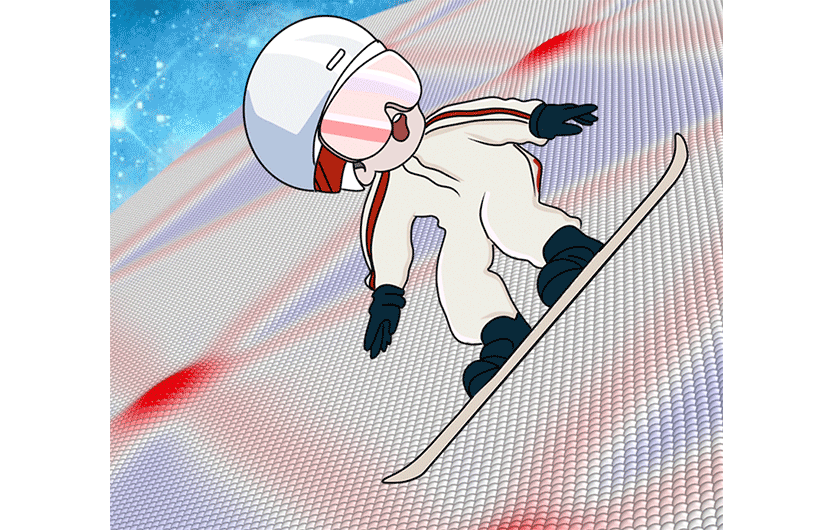Multi-Scale Computational Methods for the Simulation and Design of Structural Superlubricity Systems
Research Background
In cutting-edge technological fields such as ultra-thin or flexible electronics, information technology, and intelligent manufacturing, Micro-Electro-Mechanical Systems (MEMS) devices play a pivotal role. These devices are continuously evolving towards enhanced precision, miniaturization, and intelligence. However, as device dimensions shrink, the specific surface area increases dramatically, elevating interfacial friction to a dominant factor. Consequently, MEMS devices become increasingly susceptible to operational failure due to friction and wear. The inability to use conventional liquid lubricants in MEMS devices has sparked intense interest in solid lubricants with superior tribological properties. Among these, van der Waals heterostructure interfaces have emerged as particularly promising due to their unique characteristic of superlubricity—a phenomenon characterized by near-zero friction and wear. These interfaces hold the potential to significantly mitigate friction and wear in MEMS devices, thereby substantially extending their operational lifespan. This breakthrough offers exciting prospects for applications across the spectrum of micro- and nano-scale devices, potentially revolutionizing their performance and durability in various high-tech sectors.
In cutting-edge technological fields such as ultra-thin or flexible electronics, information technology, and intelligent manufacturing, Micro-Electro-Mechanical Systems (MEMS) devices play a pivotal role. These devices are continuously evolving towards enhanced precision, miniaturization, and intelligence. However, as device dimensions shrink, the specific surface area increases dramatically, elevating interfacial friction to a dominant factor. Consequently, MEMS devices become increasingly susceptible to operational failure due to friction and wear. The inability to use conventional liquid lubricants in MEMS devices has sparked intense interest in solid lubricants with superior tribological properties. Among these, van der Waals heterostructure interfaces have emerged as particularly promising due to their unique characteristic of superlubricity—a phenomenon characterized by near-zero friction and wear. These interfaces hold the potential to significantly mitigate friction and wear in MEMS devices, thereby substantially extending their operational lifespan. This breakthrough offers exciting prospects for applications across the spectrum of micro- and nano-scale devices, potentially revolutionizing their performance and durability in various high-tech sectors.
Additionally, van der Waals heterostructures exhibit excellent mechanical, electrical, optical, and thermal properties, offering extensive design possibilities for intelligent MEMS devices. Therefore, understanding the friction and wear processes at van der Waals heterostructure interfaces and designing systems with stable superlubricity is crucial. This research focuses on developing accurate computational methods for superlubric systems, elucidating the friction and wear mechanisms of these systems, and providing theoretical guidance for experimental research and device prototype design. These findings not only contribute to a deeper understanding of the physical mechanisms behind the exceptional ultra-low friction and wear performance of van der Waals heterostructure interfaces but also foster innovative designs for novel MEMS devices.
Research Content
i)Develop advanced cross-scale computational methods to accurately model and simulate friction and wear processes in structural superlubric systems, bridging atomic-level interactions with macroscopic behavior;
ii)Design and implement a high-performance, open-source software package optimized for efficient parallel computation, enabling large-scale simulations of superlubric systems;
iii)Utilize the developed algorithms and software package to conduct comprehensive studies on the friction and wear performance of superlubricity systems. Investigate key influencing factors and provide reliable theoretical frameworks for designing and achieving stable structural superlubric systems, with direct implications for next-generation MEMS devices.
i)Develop advanced cross-scale computational methods to accurately model and simulate friction and wear processes in structural superlubric systems, bridging atomic-level interactions with macroscopic behavior;
ii)Design and implement a high-performance, open-source software package optimized for efficient parallel computation, enabling large-scale simulations of superlubric systems;
iii)Utilize the developed algorithms and software package to conduct comprehensive studies on the friction and wear performance of superlubricity systems. Investigate key influencing factors and provide reliable theoretical frameworks for designing and achieving stable structural superlubric systems, with direct implications for next-generation MEMS devices.



